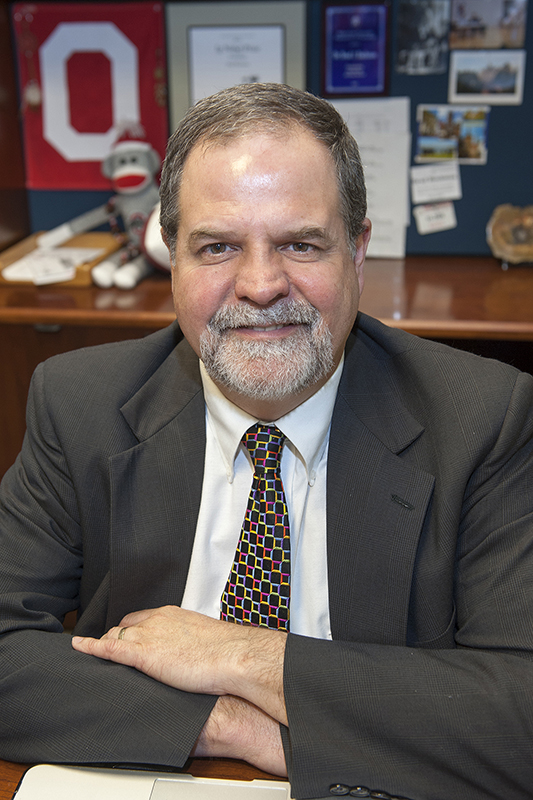
Professor Brad Bushman is the lead author of the Youth Violence report. Credit: Courtesy of Jo McCulty.
A recently published report on youth violence differentiates between the causes of school rampage shootings and street shootings and is co-authored by Ohio State’s Brad Bushman, a professor of communication and psychology.
According to an OSU release, Bushman is one of 11 violence experts who helped write the report for the National Science Foundation after the 2012 tragedy at Sandy Hook Elementary School.
The Newtown school shooting resulted in the deaths of 26 people, many of whom were children. The 20-year-old young man, who fatally shot his mother and others at the elementary school near his home, committed suicide after the shooting.
“Youth violence: What we know and what we need to know” was published this January in American Psychologist.
Bushman, the lead author of the report, was one of the violence experts assembled at the request of Congress to investigate the Sandy Hook school shooting and what people need to know about youth violence.
“The more extreme the behavior, the more difficult it is to predict,” Bushman said. “It is easier to predict mass shootings than school shootings because there are more mass shootings than school shootings.”
The report argued that although street and school rampage shootings differ in several ways, including location, shooters’ backgrounds and ways to access weapons, both shootings have complex causes.
“When something horrible like a school shooting happens, people want to identify the cause,” Bushman said. “But there is no single cause.”
According to the report, one of the potential factors is violent media. Research shows that parents can intervene with their children by talking to them instead of monitoring or being strict with them.
“Parents need to talk to their children about if they want something, how they can get it,” Bushman said. “Or if there is a conflict, how they are supposed to solve it. They can’t solve it just by hitting people.”
Conversely, if parents watch violent media with their children and say nothing, the children will think it is okay to use violence at any time, he said.
The availability of guns is another cause that links the two types of shootings, according to the report.
The U.S. has the highest gun ownership rate in the world, according to the United Nation Office of Drugs and Crime. While the U.S. holds only about 5 percent of the world’s population, it had 31 percent of the world’s public mass shootings by 2012, according to a study by the American Sociological Association.
The report stated that more people can be killed faster with guns than with other weapons.
“When you stab people, you have to be really close to them,” Bushman said. “But using the guns reduces not only the physical distance but psychological distance. Maybe you even don’t need to see their eyes. You can shoot far away.”
Bushman mentioned that the American Academy of Pediatrics suggests that parents who are also gun owners should keep guns unloaded and locked up, and ammunition should be stored separately from the weapon.
In addition to monitoring violent media intake and teaching gun safety and control, the report suggested that although it is hard to predict or stop a school shooting from happening, a school climate where students feel engaged and cared for might help eliminate shootings.
Desiaire Rickman, a fifth-year in journalism, said she believes that a positive school climate could help eliminate school shootings.
“We need to be more involved in getting information and resources about where to go in terms of suicide and dealing with pressure,” Rickman said. “Getting others’ support and communicating your thoughts is always good.”
Disclaimer: Desiaire Rickman has previously written for The Lantern.


